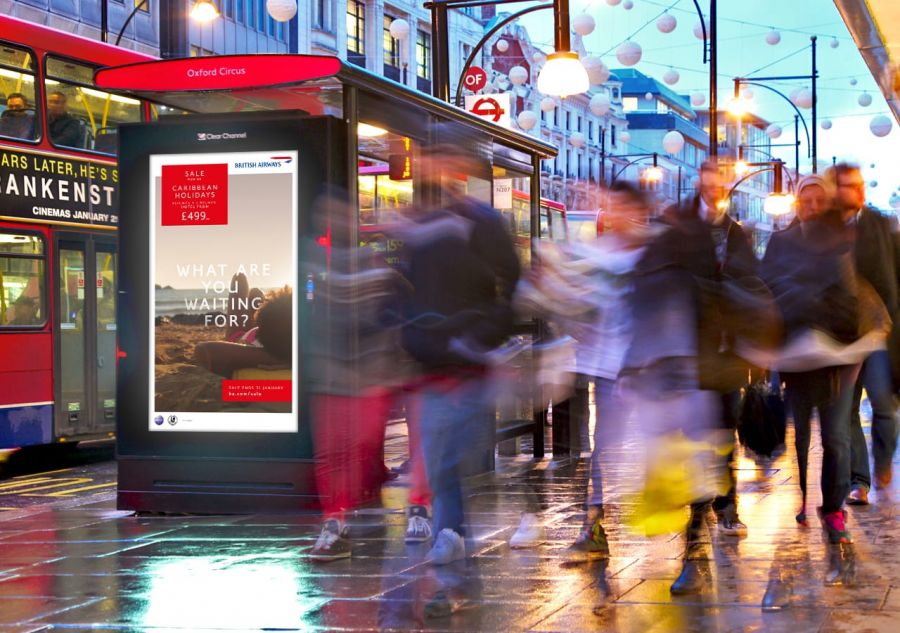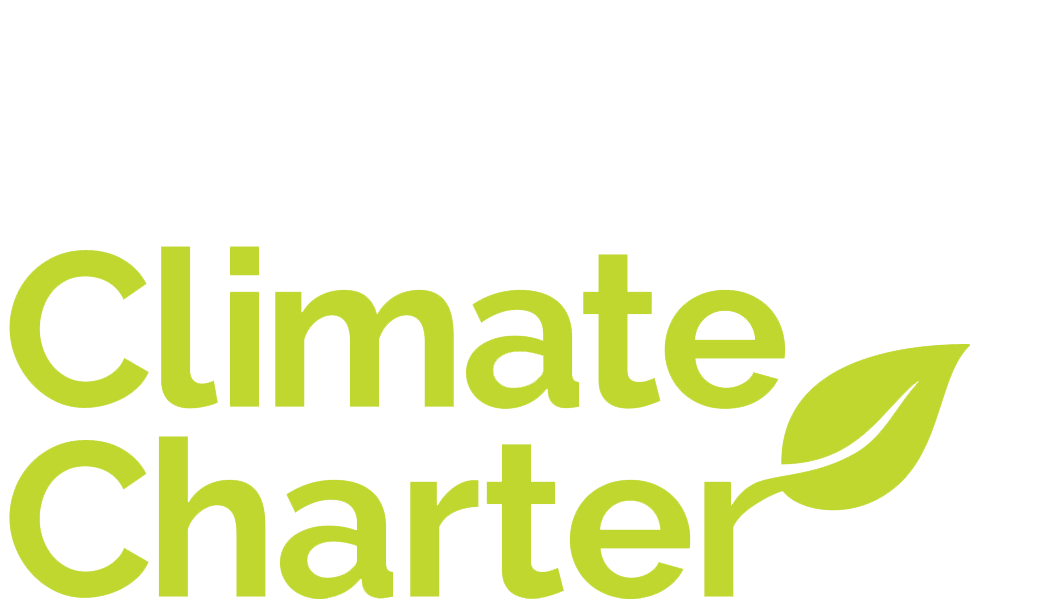Why now is the time to invest in programmatic OOH

Out of home (OOH) advertising has been one of the hardest-hit channels during the pandemic – but significant recovery is forecast for next year. Jean-Christophe Conti, CEO of VIOOH, a global marketplace for out of home, explains why he believes programmatic OOH will be key to this recovery and to the future of the medium.
The latest Advertising Association / Warc Expenditure Report predicts that the current decline in out of home advertising (OOH) will slow for the rest of the year before returning to growth in 2021. While it has undoubtedly been one of the hardest-hit advertising channels as a result of global lockdowns, the report also shows that OOH is forecast to experience some of the largest gains among ad channels next year with digital out of home, in particular, expected to see an increase of 38.7%.
Covid-19 has caused massive disruption to our way of life and this has subsequently impacted the media landscape. Recent research by Twilio found that the pandemic had accelerated digital transformation in the UK by the equivalent of more than five years, clearly demonstrating the desire by businesses to keep up with rapidly changing consumer behaviour.
As the OOH sector continues to get back on its feet, now seems a good moment to reflect on its future and what I believe will hold the secret to its recovery: programmatic. In the same way that the pandemic has triggered a shift towards ecommerce for many retailers, I believe it will also trigger a move towards programmatic OOH.
In such uncertain times, where marketers are looking to get the most from their advertising budgets while being able to pivot campaigns at short notice, the use of programmatic OOH as part of the wider marketing mix could play a crucial role.
Here are four reasons why I believe the continued digitisation, and in particular the increased proliferation of programmatic inventory and trading methods in OOH, will play an ever-more-important role in marketing strategies going forward.
Flexibility and trigger-based buying
Programmatic OOH offers advertisers the ability to pause, pivot and optimise OOH creative campaigns mid-flight at a moment’s notice. As we begin to move out of lockdown, while facing the real possibility of further localised restrictions, this level of flexibility and control could have a huge impact on the efficiency and effectiveness of media campaigns. Trigger-based targeting around things like news, consumer journeys, weather, locations and audiences also allow brands to react in real-time.
The importance of this for both brands and media owners, who would be negatively impacted if advertisers didn’t have this level of flexibility, can’t be overestimated in an uncertain climate.
Brand and performance
The pandemic has undoubtedly had a huge impact on the outdoor sector and across the spectrum of advertising channels. As marketers tightened their budgets and in some cases paused their advertising spend altogether, the age-old debate around whether to maintain ad spend during tough times came to the fore.
For those who continued to spend, striking the right balance between maintaining brand awareness and achieving short-term performance goals has been an extremely important consideration.
While traditional outdoor advertising drives brand awareness and programmatic is a performance tool, programmatic OOH is where the two collide, giving marketers the best of both worlds. For those who have stopped advertising altogether, it could be a great way to achieve short-term performance targets while beginning to rebuild their brand.
Alignment with mobile
With almost 60% of us queuing for up to 20 minutes outside supermarkets, according to The Grocer, and with much of this time spent on our mobile phones, it’s clear that consumer behaviours are changing. As a result, it’s important that media strategies adapt with them.
According to research by Nielsen conducted in 2017, the impact of mobile advertising is amplified by up to 17% when audiences are exposed to a brand’s OOH campaign. Through the use of geotargeting, movement tracking, retargeting and sequential messaging, brands can make the most of aligning programmatic OOH with mobile. Increasingly, we’re having conversations about the benefits of programmatic OOH within omnichannel campaigns and as it becomes more widespread, brands will see its impact as part of their broader strategies.
Transparency
Much has been written about the lack of transparency in programmatic video and display advertising and the recent ISBA and PwC report highlighted some of the longstanding inconsistencies in these supply chains. In the emerging programmatic OOH sector, transparency will be absolutely critical to its growth and success and we’re in the fortunate position of being able to learn from the challenges faced by more mature programmatic channels in order to avoid the same pitfalls.
At VIOOH for example, we don’t charge commission fees to the buy-side, so 100% of the budgets we receive go towards buying media. We show advertisers exactly where their ad has played and due to the nature of the OOH environment, there is little chance of audience fraud. We’re also working with industry bodies to champion a set of standards to ensure media owners and advertisers have consistent and standardised terminology and protocols.
With budgets having to work harder than ever, it’s more important now than ever before that we continue to invest in ensuring programmatic OOH is as transparent and measurable as possible.
The future
It’s almost impossible to predict audience patterns in the current climate and it could be a long while before we reach established behaviours. With that in mind I do believe that now is the time to make the most of both real-time data and technology in order to thrive amid challenging conditions, and programmatic OOH is well suited to maximising the opportunities that are forecast.
Source: Jean Christpohe Conti, Econsulatncy


